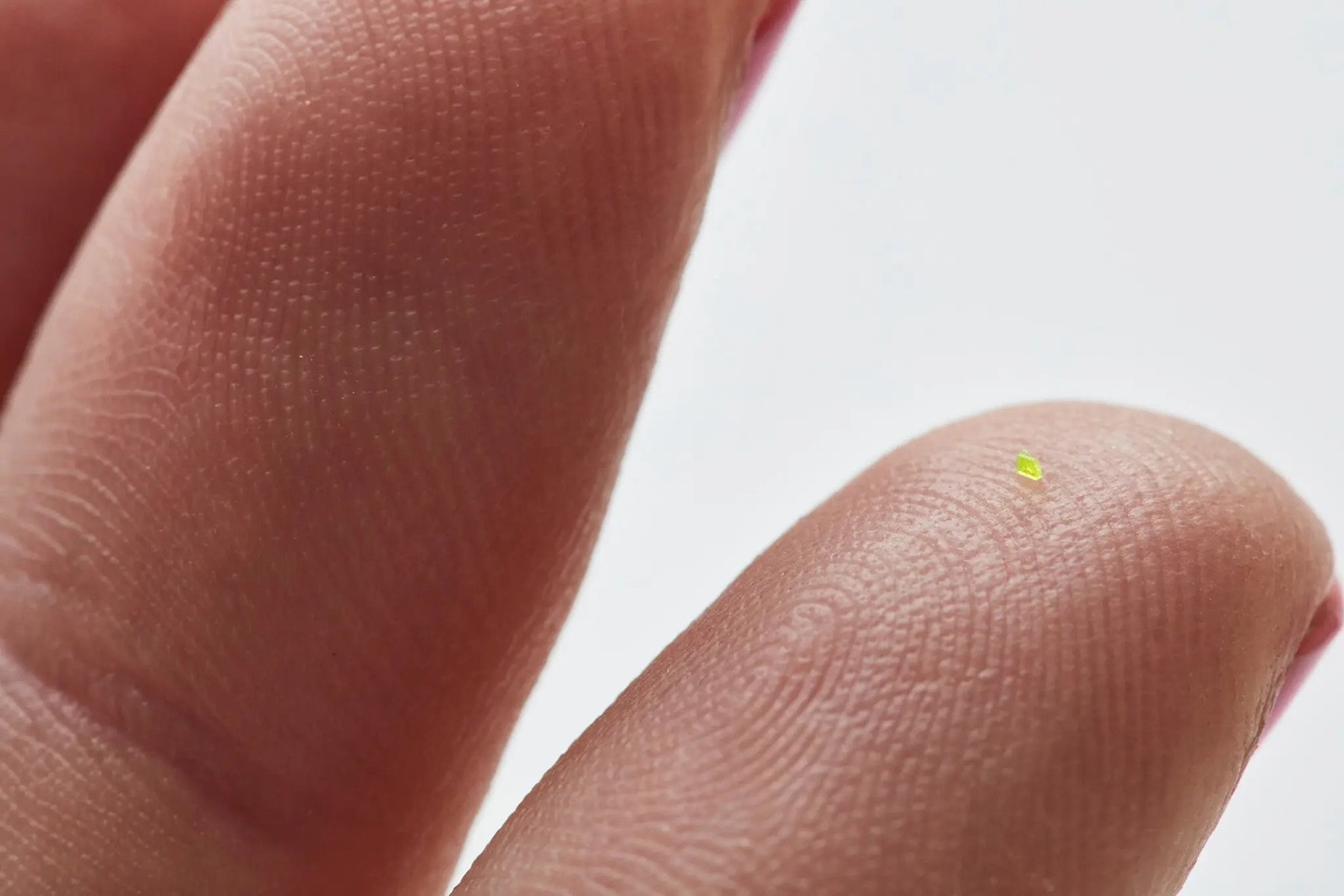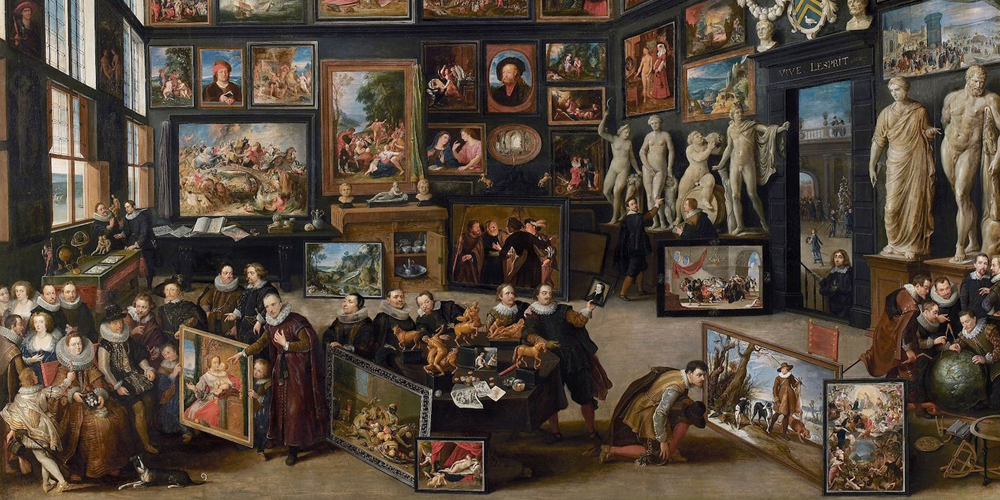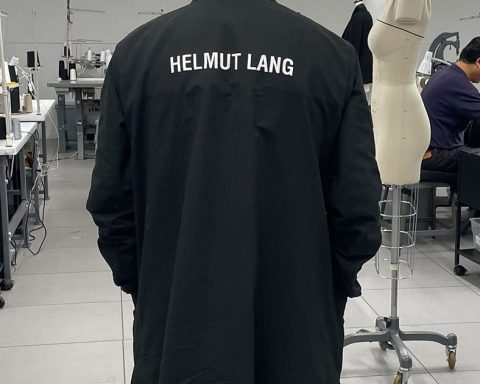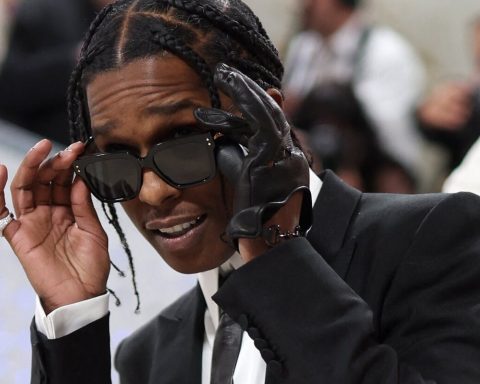In a constantly changing world, even the pillars of human artistic production have had to come to terms with, in some cases, or make the most of the technological innovations offered by the market.
If, for example, artificial intelligence scares artists and collectors because it does not seem clear today how to consider the “artistic” productions of AI and, above all, what materials fish on the net concerning NFTs, there appears to be a kind of compromise.
Non-Fungible tokens (NFTs) have also been the subject of essential investments in recent years. Many “digital” artists are emerging and at least have found in NFTs a way to get noticed.
Traditional art is the realm of the super-rich who use it as an economic investment, not just aesthetic fulfillment. NFTs have brought a bit of democracy by allowing everyone to sell and buy art.
First, NFTs are nothing more than digital certificates guaranteeing the possession of an object. The majority of NFTs are built using the cryptocurrency network called Ethereum.
An NFT is nothing more than anything collectible. It can be a photograph, a drawing created digitally using an AI or handmade, a video, or a musical composition. Anything that can be considered Digital Art.
If you want to immerse yourself in this world, we can direct you to the most popular NFTs on the market today. It starts from a few dollars to reach millions of euros.
Beeple – A best seller by NFT artist Mike Winkelman, who managed to sell one of his works for $69 million.
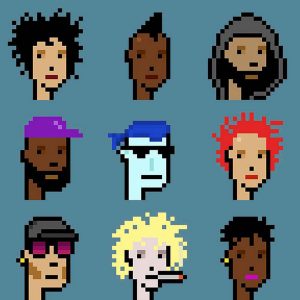
Pak –also known as Murat Pak, is an anonymous digital artist (perhaps a team) who created and creates the most expensiveorever sold NFTs.
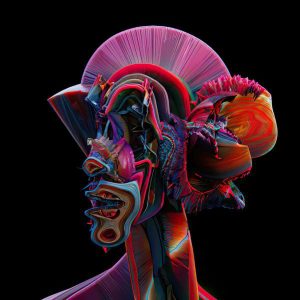
Bored Ape Yacht Club – Portraits of cartoon monkeys in their virtual worlds.

Axie Infinity – This is a video game featuring fantasy creatures sold as NFT.
In short, you can start following these artists and try to participate in sales and be part of the NFT art movement.


